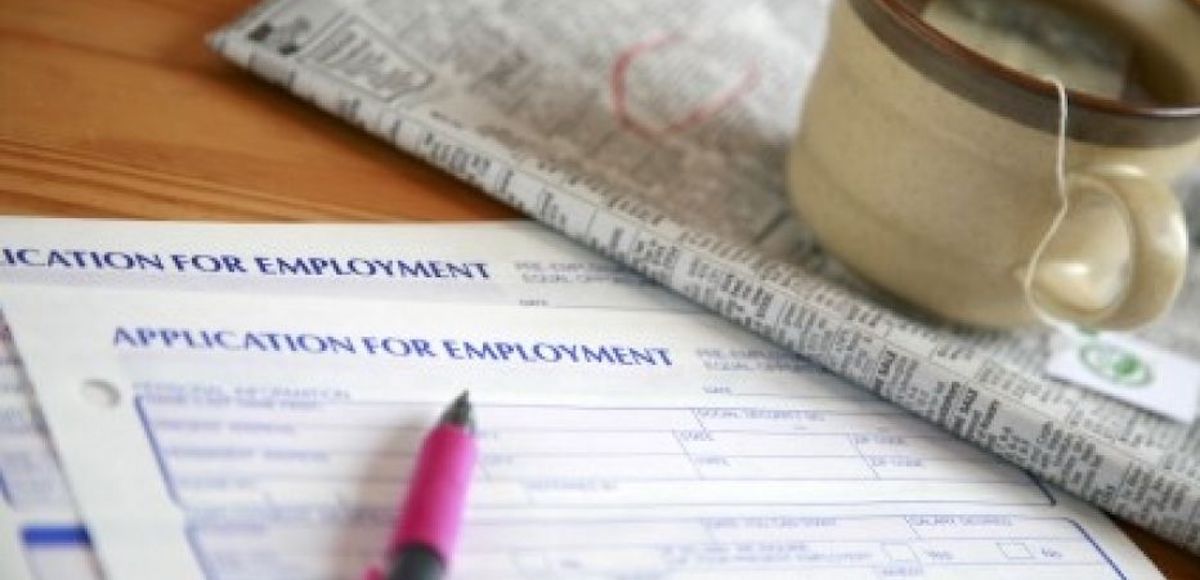

Jobless claims, an application for first-time unemployment benefits. (Photo: Reuters)
The Labor Department said Thursday applications for first-time jobless claims rose to 244,000, but indicate demand for labor still remains very strong. The increase of 10,000 from the previous week’s revised level is slightly higher than the 240,000 forecast, and pops the gauge off of a 3-month low.
The report marks the 125th straight week that weekly jobless claims remained below 300,000, a threshold indicative of a tight, strong labor market. The four-week moving average–widely considered a better gauge as it irons of volatility–was 244,000, unchanged from the previous week’s revised average.
Lagging data for continuing claims fell 13,000 to 1.96 million in the week ended July 15. They have now been below 2 million for 15 straight weeks, also indicating a strong labor market. The four-week moving average of continuing claims rose slightly 4,750 to 1.96 million, remaining below the 2 million mark for 13 consecutive weeks.
A Labor Department official said there were no special factors influencing the claims data and no state was triggered “on” the Extended Benefits program during the week ending July 8.
The highest insured unemployment rates in the week ending July 8 were in Puerto Rico (3.6), New Jersey (2.7), Connecticut (2.5), Alaska (2.3), Pennsylvania (2.2), Rhode Island (2.2), California (2.1), Massachusetts (2.0), Illinois (1.8), Nevada (1.8), and New York (1.8).
The largest increases in initial claims for the week ending July 15 were in California (+6,862), Alabama (+2,772), Georgia (+2,533), South Carolina (+2,050), and Texas (+1,152), while the largest decreases were in New York (-8,287), Michigan (-6,869), Kentucky (-6,862), New Jersey (-3,923), and Ohio (-3,093).
The most damning journalistic sin committed by the media during the era of Russia collusion…
The first ecological study finds mask mandates were not effective at slowing the spread of…
On "What Are the Odds?" Monday, Robert Barnes and Rich Baris note how big tech…
On "What Are the Odds?" Monday, Robert Barnes and Rich Baris discuss why America First…
Personal income fell $1,516.6 billion (7.1%) in February, roughly the consensus forecast, while consumer spending…
Research finds those previously infected by or vaccinated against SARS-CoV-2 are not at risk of…
This website uses cookies.